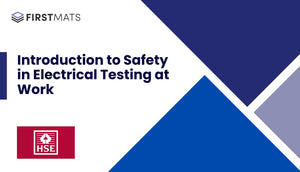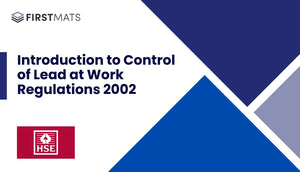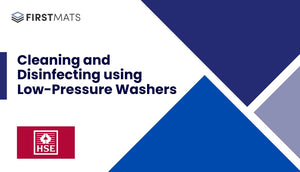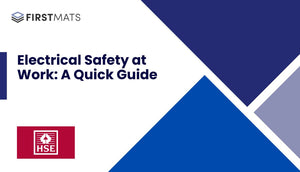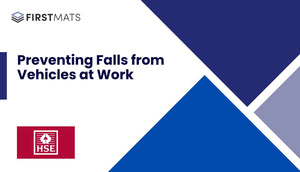Article Index:
Introduction
This article is a quick guide to the Health and Safety Executive (HSE) document titled "Working safely with agricultural machinery" (INDG241(rev1)). This document provides crucial advice on how to operate mobile and stationary agricultural machinery safely, particularly when performing maintenance or dealing with blockages.
Causes of Machinery Accidents
Accidents with machinery can occur due to various factors, including:
- Using a machine unsuitable for the task
- Failure to follow a safe system of work
- Unsafe methods for clearing blockages or making adjustments
- Failure to follow safe operating or 'Safe Stop' procedures
- Missing or defective guards and other safety devices
- Lack of operator training
- Poor maintenance
Hazardous Areas on Agricultural Machines
Many agricultural machines have potentially dangerous moving parts, which can cause serious or fatal injuries. These machines are extremely powerful and workers using them may become complacent and may not be aware of the forces involved.
Control Measures: Safe Stop
One of the most important safety measures is to follow the Safe Stop procedure before carrying out any maintenance or adjustments, including dealing with a blockage or other problem. This involves putting the handbrake on, ensuring the controls are in neutral, stopping the engine (or turning off the power), and removing the key (or locking off the power supply).
Before You Start
Before starting work with a machine, a few basic checks should be carried out, such as ensuring the machine is suitable for the job, all safety devices are in place and working correctly, and a risk assessment has been carried out.
Checking the Machine Before Use
Before working with any machinery, carry out a basic check to make sure that it is in good working order and safe to use. This includes checking for mechanical defects, ensuring guards and other protective devices are correctly fitted and maintained, and carrying out any pre-use checks as specified in the operator’s manual.
Using the Machine
When using a machine, never remove or defeat guards in order to allow the machine to work quicker or to avoid blockages or other problems. Always replace all guards before making a test run and check the machine before restarting.
Maintenance and Repairs
Always follow the Safe Stop procedure and make sure the power source is locked off or the key removed before carrying out any maintenance or repairs. Follow the safe working procedures set out in the workshop manual and do not use substandard replacement parts.
Conclusion
Working safely with agricultural machinery is crucial to prevent accidents and injuries. By following the guidelines and procedures outlined in the HSE document, operators can ensure they are taking the necessary precautions to work safely. Remember, safety should always be the top priority when working with machinery.


